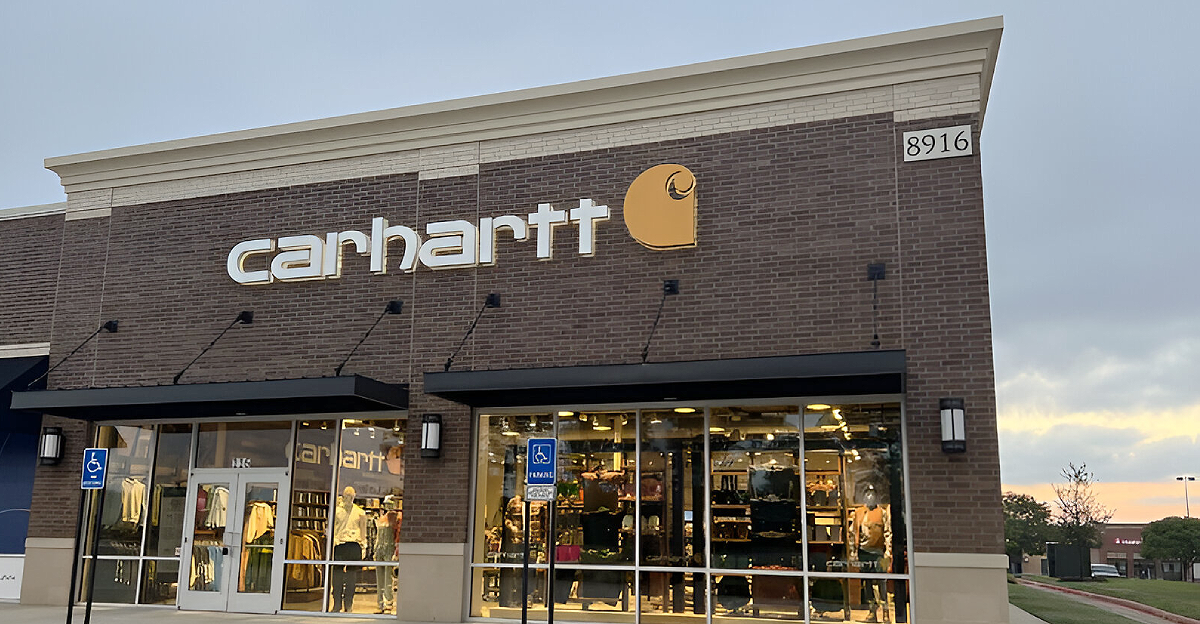
Across America, stores that once provided clothes for hardworking Americans, from construction crews to nurses, are quietly closing their doors for good. These once popular shops, known for their reliable boots and freshly pressed scrubs, no longer greet commuters or early-shift workers.
In towns across the United States, longtime customers are starting to notice the signs: locked doors, deserted parking lots, and the eerie silence of a store gone dark. Rumors are swirling around a well-known retail chain, one that is synonymous with work-ready gear, that might be in trouble. This brand has been a staple for many people working in the trades and healthcare industries. But with more stores closing, everyone is wondering what’s really going on.
No Slowing Down
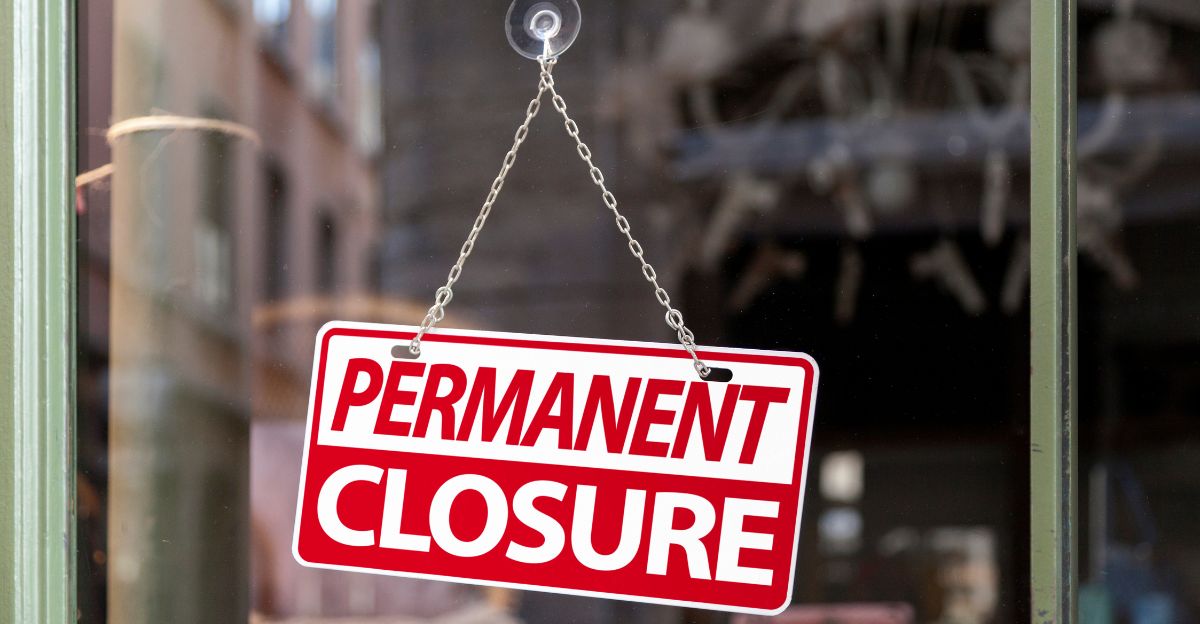
In recent years, hundreds of these workwear stores have closed their doors for good, often without any warning. The pace of these closures has only accelerated, and it doesn’t look like they’ll be slowing down any time soon.
Communities that once relied on these shops are feeling the loss. What was once a dependable destination for boots, uniforms, and outerwear has now become a row of empty storefronts, leaving hardworking Americans without the essential gear they rely on every day.
Local Impact
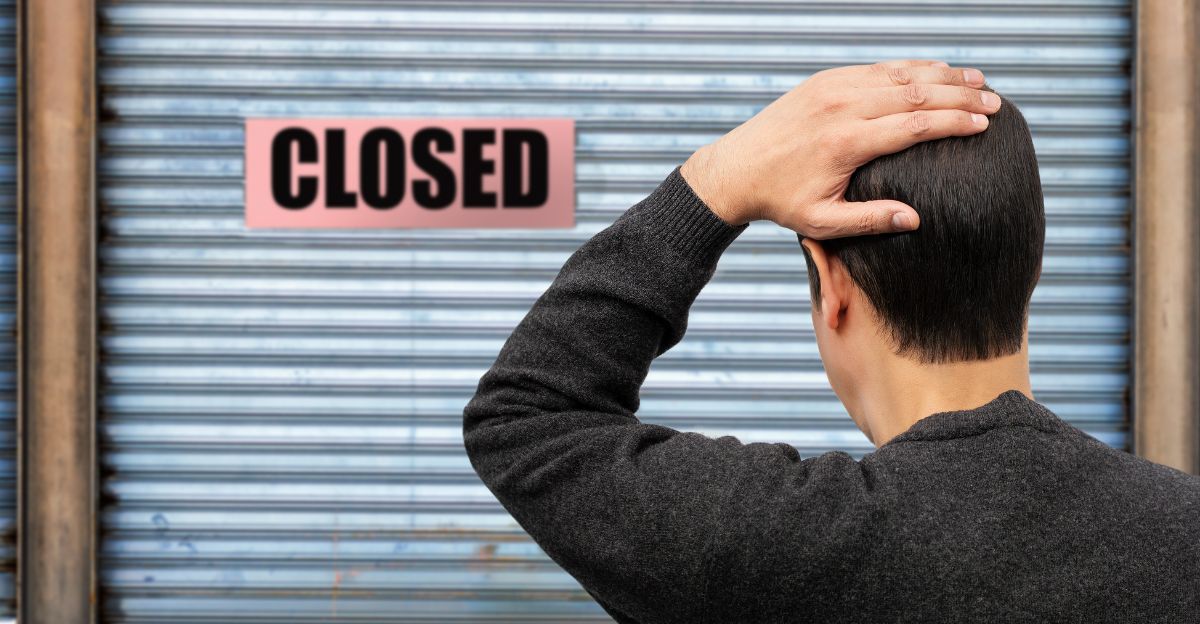
From Massachusetts mill towns to Ohio suburbs, communities have been showing up to their local location, expecting to see the familiar store, only to find locked doors and empty shelves. For thousands of people, this isn’t just some store; it’s a lifeline for professional clothing, dependable footwear, and personal protection.
As this pattern repeats across states, many customers and even small business suppliers wonder what happened to their trusted resource.
Nostalgia and Cultural Weight

Few retailers have embedded themselves in American work culture quite like this one. For years, it was a common sight beside construction sites, shopping centers, and hospitals, selling the brands that every blue-collar and healthcare professional knows.
Generations remember picking out new back-to-school scrubs and first-job boots from this popular store.
Work ’N Gear

But what store is it? Of course, it’s Work ’N Gear, the largest U.S. specialty workwear chain, which filed for Chapter 11 bankruptcy on July 16, 2025.
With the brand owing almost $10 million, including $741,000 to iconic brands Carhartt and Timberland, Work ’N Gear’s financial collapse signals what could be the final chapter for the once-prominent retailer that outfitted a large share of America’s workforce.
Vendor & Supplier Relationships in Jeopardy

Carhartt and Timberland now top a long list of unpaid creditors, with Work ’N Gear owing them $515,312 and $226,497, respectively.
This bankruptcy raises alarms across the entire industry as major brands must now decide whether to keep supplying independent sellers, and smaller vendors fear payment delays, threatening a delicate ecosystem built on trust and reliable partnerships.
A Broad National Presence

At its peak, Work ’N Gear operated 35 stores across 11 states and maintained a strong online presence, earning its place as the nation’s largest specialty retailer of workwear and medical scrubs.
From coast to coast, workers and healthcare professionals relied on its shelves, online and in-store, for trusted brands, durable boots, uniforms, and essential workwear.
Why Now? Rising Costs Hit Hard

But why is this happening? Well, several factors squeezed Work ’N Gear’s margins, for example, work boot prices increased 18% as leather costs soared, retail spaces saw 12% rent hikes, and rising labor costs made survival harder.
For mid-sized chains operating between big-box giants and niche boutiques, absorbing these price hikes was unsustainable, exposing long-standing vulnerabilities as shifts in retail and manufacturing took their toll.
Competition Gets Fierce
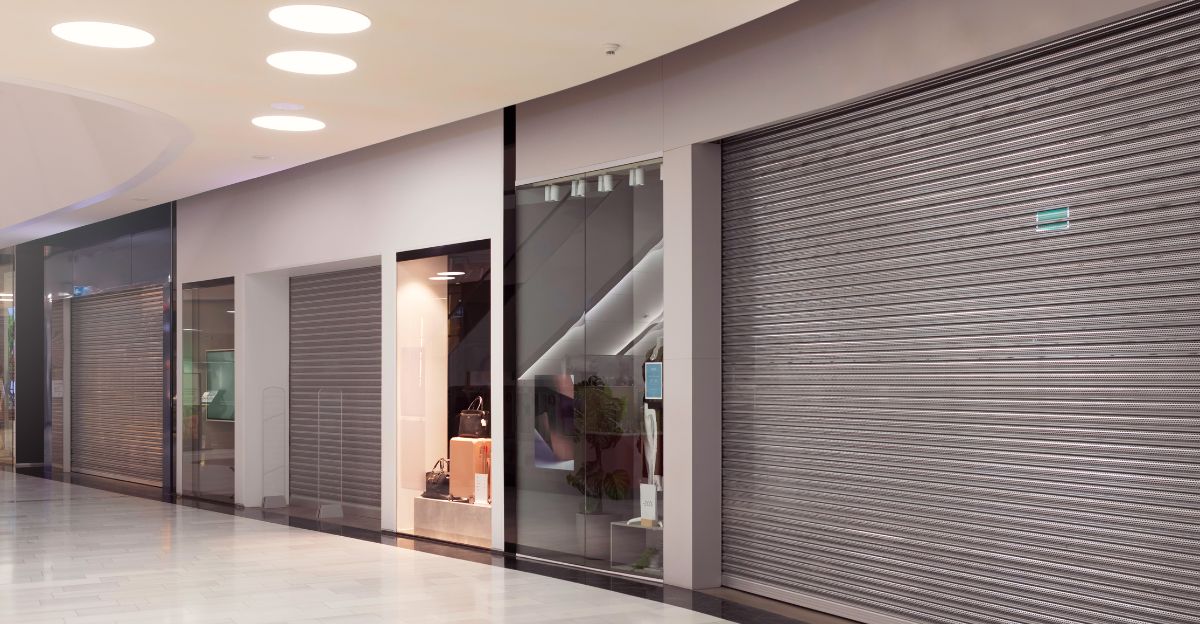
As the retailer struggled to keep up, other bigger competitors and online stores scrambled to fill the gap. Carhartt is ramping up direct-to-consumer efforts as Walmart aggressively targets workwear buyers.
Even regional players are vying for displaced customers, while digital-first retailers capitalize on fast shipping and wider selections, pushing legacy chains further behind. The workwear market has become a fiercely competitive, high-stakes battleground.
The Debt’s Domino Effect
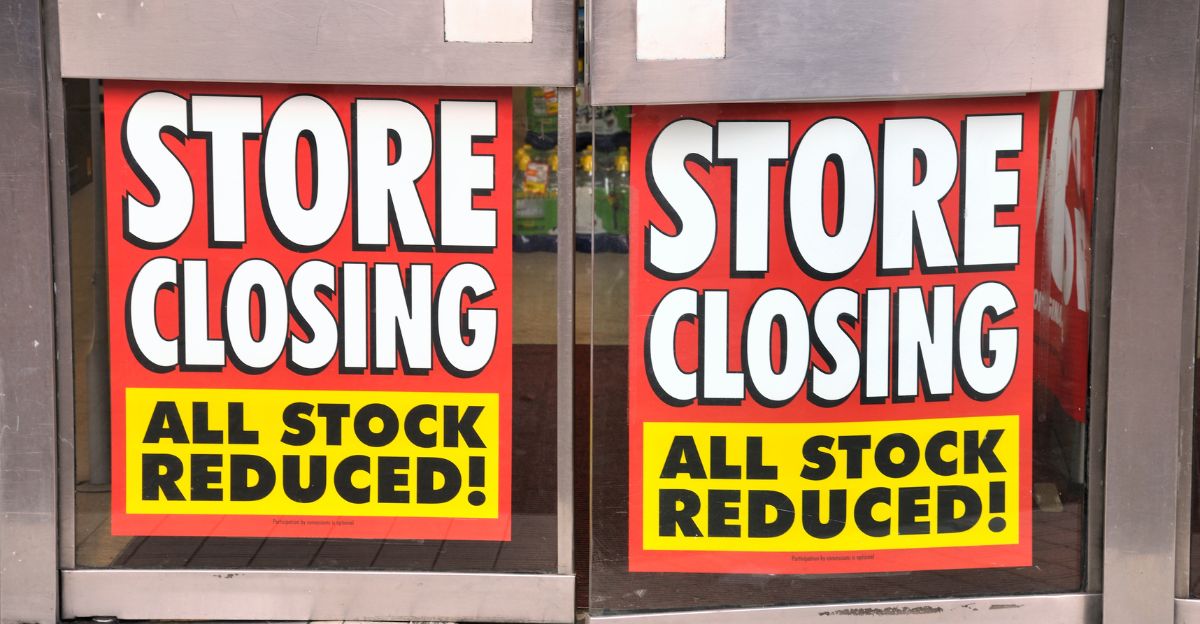
The $10 million debt is not only Work ’N Gear’s issue; it’s sending shockwaves throughout the industry. Suppliers are growing wary, credit terms are tightening, and small independent uniform shops are feeling the pinch as major brands reevaluate contracts and partnerships.
The bankruptcy filing is showing fragility in the wider workwear industry, heightening risk for others and making job security more precarious for store staff everywhere.
Inside the Stores: Employee Uncertainty

Store employees are now facing mounting anxiety. While a bankruptcy judge has approved limited payroll payments, overtime is on hold and hours are shrinking.
For these workers and their families, each update brings a new wave of uncertainty about layoffs, health benefits, and severance. With rumors swirling, morale dips, and the sense of family that once characterized the business is replaced by stress and speculation.
How It Happened: Sudden Bank Account Sweep

But how did this happen? The final blow came swiftly after a secured lender unexpectedly swept Work ’N Gear’s accounts, draining its available cash. The move triggered a sudden liquidity crisis and forced the company to seek Chapter 11 bankruptcy protection.
Vendors and staff were caught off guard by this sudden move and were forced to scramble as leadership rushed to stabilize operations amid chaos and confront a rapidly worsening financial reality.
Retail Headwinds Across the Board
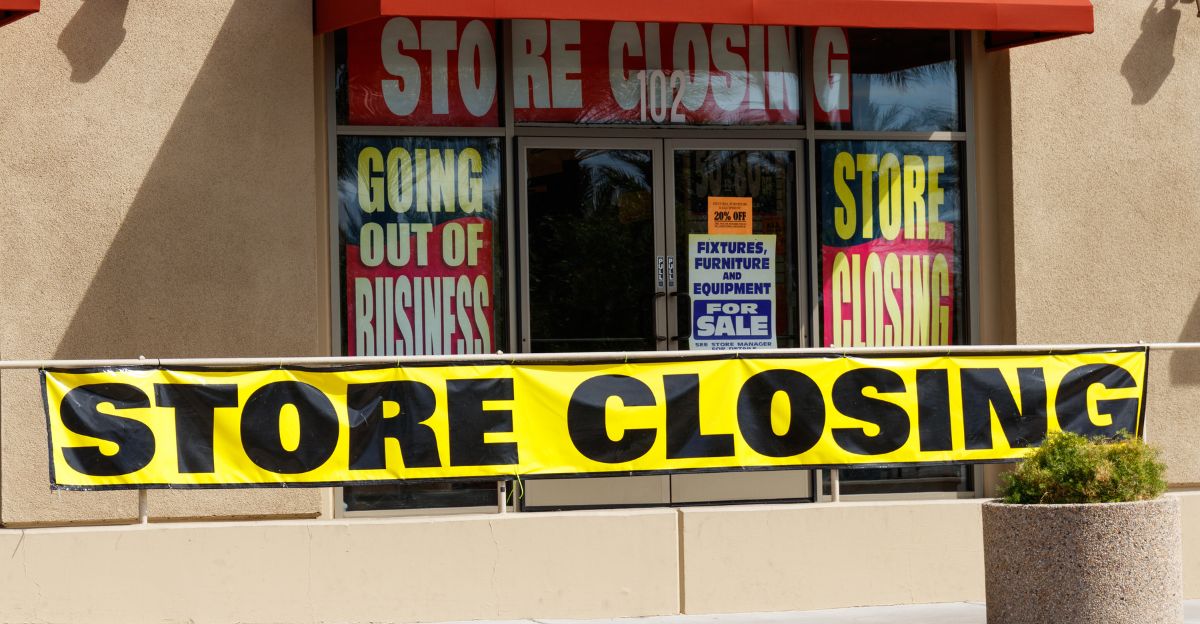
But Work ’N Gear isn’t alone. In 2025, U.S. retail bankruptcies surged by 26%. Things like economic headwinds, from rising interest rates to relentless competition and thinning profit margins, have left even legacy chains struggling.
As consumers increasingly move toward online shopping and brands pursue direct sales, dozens of brick-and-mortar retailers are struggling to keep up, and suppliers are rethinking their dependencies in a volatile marketplace.
Reorganization or Liquidation?

Company executives claim that Chapter 11 offers an essential 120-day window to reorganize and, with luck, keep serving their customers. However, industry observers remain doubtful, as many retail bankruptcies ultimately lead to full liquidation.
Now, hundreds of jobs and countless communities are in limbo. The next few months will decide whether Work ’N Gear can stage a comeback, successfully restructure, or vanish altogether from the American workwear landscape.
The Future
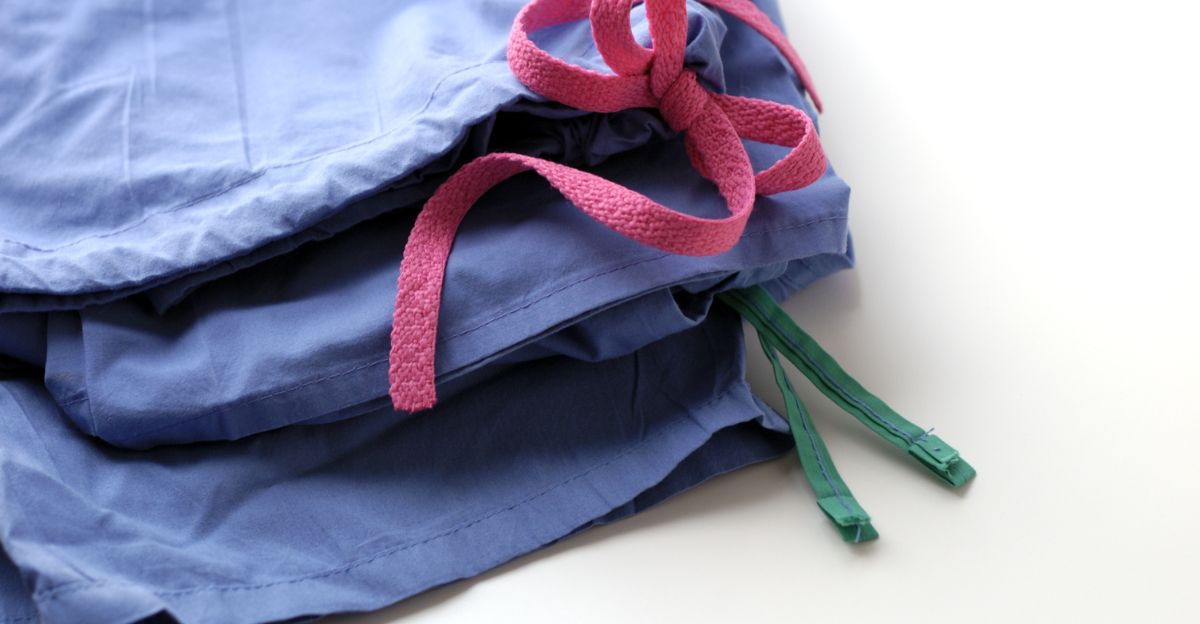
Right now, everyone is wondering if Work ’N Gear will be able to make a comeback and preserve jobs and partnerships with iconic brands, or if this will be the end for America’s largest independent workwear chain.
As employees, suppliers, and customers prepare themselves for what comes next, the chain’s fate might offer lessons for all of retail’s frontline workers.
